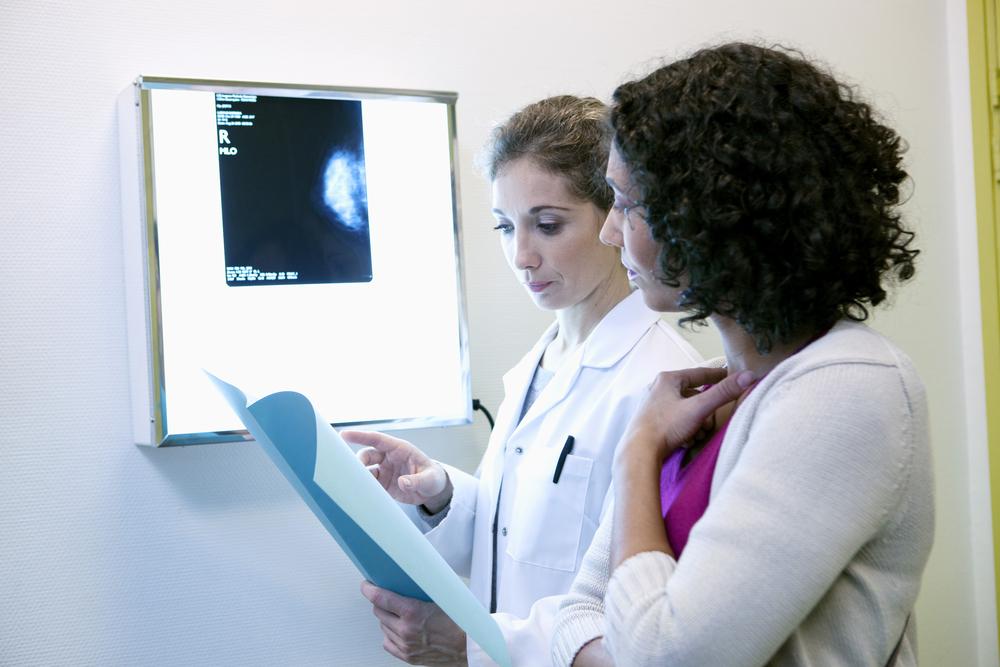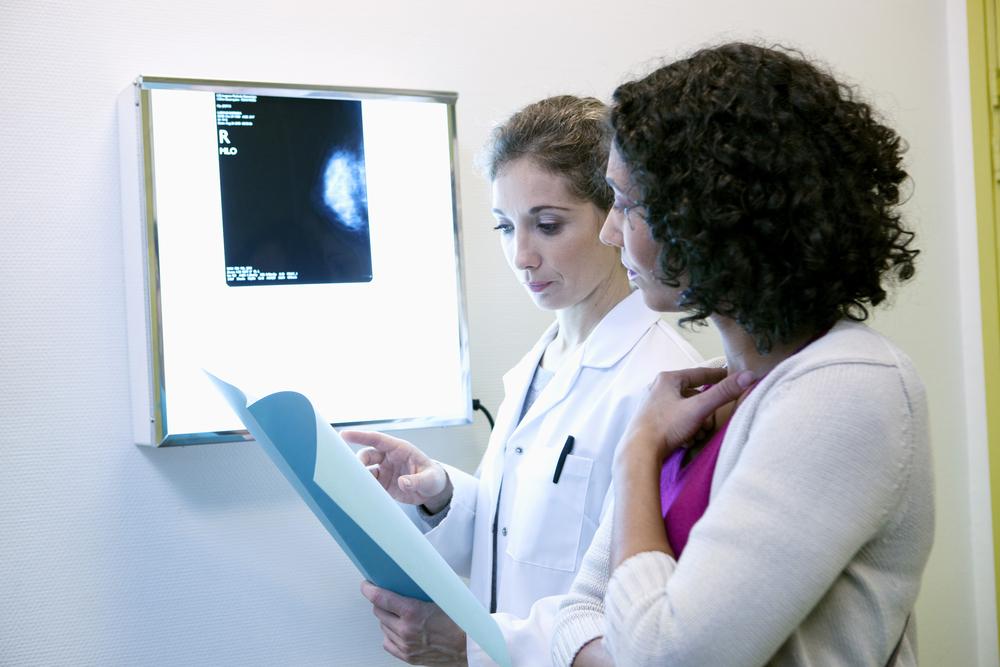Comprehensive Guide to Early Breast Cancer Detection: Recognizing Critical Symptoms and Screening Methods
This comprehensive guide highlights the importance of early breast cancer detection through recognition of key symptoms and regular screening practices. Understanding signs like lumps, skin changes, and nipple discharge, along with routine mammograms, can significantly improve treatment success. Women over 40 are encouraged to undergo annual screenings, while younger women should consider biennial exams, especially those with risk factors. Early diagnosis saves lives by enabling prompt treatment interventions and better health outcomes. Stay vigilant, learn the signs, and prioritize regular breast health checks to combat breast cancer effectively.

Comprehensive Guide to Early Breast Cancer Detection: Recognizing Critical Symptoms and Screening Methods
Breast cancer remains one of the most common and concerning health issues affecting women worldwide. Its prevalence underscores the importance of awareness, early detection, and prompt treatment. While advances in medical technology have significantly improved survival rates, early diagnosis is crucial for successful intervention. Women, especially those over 40, need to be vigilant about the subtle signs and symptoms that could indicate breast cancer. Not all women will experience noticeable symptoms, which makes routine screening tests an essential component of health maintenance. This comprehensive guide aims to inform women about the key symptoms to watch for and the effective screening methods available to detect breast cancer early, thereby enhancing outcomes and saving lives.
Understanding the primary signs of breast cancer can empower women to seek medical advice promptly. The most common and significant symptom is the presence of a lump or mass within the breast tissue. These lumps can vary in consistency, shape, and tenderness, and recognizing their characteristics can help differentiate benign issues from potential malignancies. Additionally, other symptoms may include changes in skin texture, nipple appearance, and unexplained pain or discharge. Recognizing these signs early can lead to timely intervention, increasing the likelihood of successful treatment.
In this article, we delve into the main symptoms associated with breast cancer, discuss the importance of regular screenings, and explore the different diagnostic tools used in early detection. By understanding these critical aspects, women can adopt a proactive approach to their breast health, reducing the risk of late-stage diagnosis and improving overall prognosis.
Detecting breast cancer early considerably improves treatment success rates. A firm, painless, and irregularly shaped lump is a common indicator, but it’s not the only sign. Sometimes, lumps can be soft, rounded, or tender, making it essential to consult healthcare professionals whenever a new or unusual growth appears in the breast area. Moreover, early symptoms can be subtle or mistaken for benign conditions, which highlights the importance of regular medical examinations.
Other Important Symptoms to Monitor
Persistent swelling or thickening in any part of the breast without an obvious cause
Changes in skin appearance such as dimpling, puckering, or a texture similar to an orange peel (known as peau d'orange)
Unexplained pain in the breast or nipple that persists beyond normal menstrual discomfort
Nipple retraction or pulling inward (nipple inversion)
Redness, scaling, or thickening of the skin over the breast area
Nipple discharge that is not related to breastfeeding or pregnancy, especially if it is bloody or unusual
In some cases, breast cancer can spread to nearby lymph nodes, particularly under the arm, resulting in palpable lumps or swelling. Any swelling, tenderness, or abnormality in lymph nodes should prompt immediate medical assessment to evaluate the need for further investigation and treatment.
Importance of Screening and Regular Checks
Screening tests are indispensable for early detection, especially in women who do not exhibit any symptoms — known as asymptomatic cases. Routine clinical breast examinations, coupled with advanced imaging techniques, can identify malignancies at an early stage when treatment is most effective.
For women aged 40 and above, annual mammograms are highly recommended. These imaging tests can detect abnormalities before they become palpable or symptomatic, significantly increasing the chances of successful treatment and survival. Younger women in their 30s should consider biennial screenings, particularly if they have risk factors such as family history or genetic predisposition. The goal is to establish a baseline and monitor any changes over time, enabling early detection and intervention.
Understanding the significance of regular health check-ups and being vigilant about breast changes can make a profound difference in the fight against breast cancer. Empowering women with knowledge about symptoms and screening protocols ensures they take proactive steps towards maintaining breast health and reducing mortality risks.
In conclusion, early detection of breast cancer hinges on awareness of key symptoms and adherence to screening recommendations. Women should stay informed, conduct regular self-examinations, and seek medical advice when in doubt. Early diagnosis not only saves lives but also provides more treatment options, less invasive procedures, and better quality of life after treatment.





